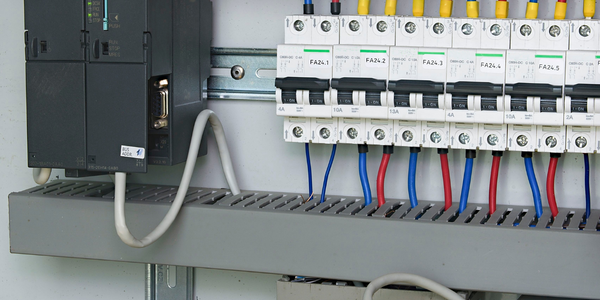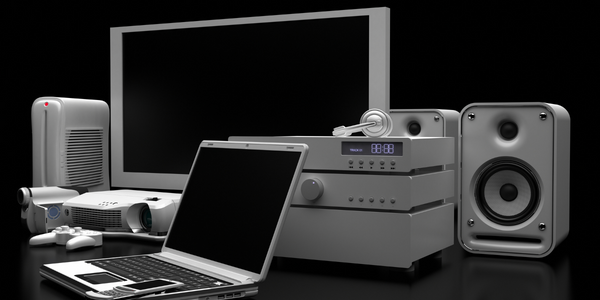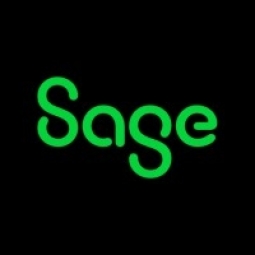公司规模
Mid-size Company
地区
- America
国家
- United States
产品
- Sage 100 ERP
- eBusiness Manager
- StarShip Link
- Return Merchandise Authorization (RMA)
技术栈
- ERP
- E-commerce
- Inventory Management
- Bill of Materials
实施规模
- Enterprise-wide Deployment
影响指标
- Productivity Improvements
- Cost Savings
- Customer Satisfaction
技术
- 功能应用 - 企业资源规划系统 (ERP)
- 功能应用 - 库存管理系统
- 功能应用 - 仓库管理系统 (WMS)
适用行业
- 电子产品
适用功能
- 离散制造
- 仓库和库存管理
用例
- 库存管理
- 仓库自动化
- 自动化制造系统
服务
- 系统集成
- 软件设计与工程服务
关于客户
Quality Imaging Products (QIP) 是一家位于加利福尼亚州森林湖的碳粉和喷墨墨盒再制造公司。该公司连续四年被《Inc.》杂志评为美国发展最快的公司之一。QIP 每年生产 50 万个碳粉墨盒,跟踪 100 条不同的产品线,管理超过 40,000 个墨盒的库存,并运营着一个 30,000 平方英尺的先进仓库。该公司的客户包括美国一些最大的自有品牌和办公用品零售商。
挑战
Quality Imaging Products (QIP) 希望在电子商务领域脱颖而出。该公司正在寻找一种解决方案,使其能够管理所有运营,包括每年生产 50 万个墨盒、跟踪 100 条不同的产品线、管理超过 40,000 个墨盒的库存以及运营一个 30,000 平方英尺的先进仓库。该公司还在寻找一种方法来简化其运输业务并自动化处理退货的流程。
解决方案
QIP 实施了 Sage 100 ERP,其中包含全套模块,包括 eBusiness Manager、StarShip Link 和退货授权。eBusiness Manager 允许 QIP 的客户全天候访问系统,以便下订单、查看墨盒照片、查看产品说明以及检查未结发票和订购历史记录。StarShip Link 模块可自动执行运输、维护跟踪信息并与制造和客户服务紧密集成。退货授权模块可自动执行处理退货的过程。
运营影响
数量效益

Case Study missing?
Start adding your own!
Register with your work email and create a new case study profile for your business.
相关案例.

Case Study
Remote Temperature Monitoring of Perishable Goods Saves Money
RMONI was facing temperature monitoring challenges in a cold chain business. A cold chain must be established and maintained to ensure goods have been properly refrigerated during every step of the process, making temperature monitoring a critical business function. Manual registration practice can be very costly, labor intensive and prone to mistakes.

Case Study
Predictive maintenance in Schneider Electric
Schneider Electric Le Vaudreuil factory in France is recognized by the World Economic Forum as one of the world’s top nine most advanced “lighthouse” sites, applying Fourth Industrial Revolution technologies at large scale. It was experiencing machine-health and unplanned downtime issues on a critical machine within their manufacturing process. They were looking for a solution that could easily leverage existing machine data feeds, be used by machine operators without requiring complex setup or extensive training, and with a fast return on investment.

Case Study
Cloud Solution for Energy Management Platform-Schneider Electric
Schneider Electric required a cloud solution for its energy management platform to manage high computational operations, which were essential for catering to client requirements. As the business involves storage and analysis of huge amounts of data, the company also needed a convenient and scalable storage solution to facilitate operations efficiently.

Case Study
Leveraging the IoT to Gain a Competitive Edge in International Competition
Many large manufacturers in and outside Japan are competing for larger market share in the same space, expecting a growing demand for projectors in the areas of entertainment, which requires glamor and strong visual performance as well as digital signage that can attract people’s attention. “It is becoming more and more difficult to differentiate ourselves with stand-alone hardware products,” says Kazuyuki Kitagawa, Director of Service & Support at Panasonic AVC Networks. “In order for Panasonic to grow market share and overall business, it is essential for us to develop solutions that deliver significant added value.” Panasonic believes projection failure and quality deterioration should never happen. This is what and has driven them to make their projectors IoT-enabled. More specifically, Panasonic has developed a system that collects data from projectors, visualizes detailed operational statuses, and predicts issues and address them before failure occurs. Their projectors are embedded with a variety of sensors that measure power supply, voltage, video input/ output signals, intake/exhaust air temperatures, cooling fan operations, and light bulb operating time. These sensors have been used to make the projector more intelligent, automatically suspending operation when the temperature rises excessively, and automatically switching light bulbs. Although this was a great first step, Panasonic projectors were still not equipped with any capability to send the data over a network.









